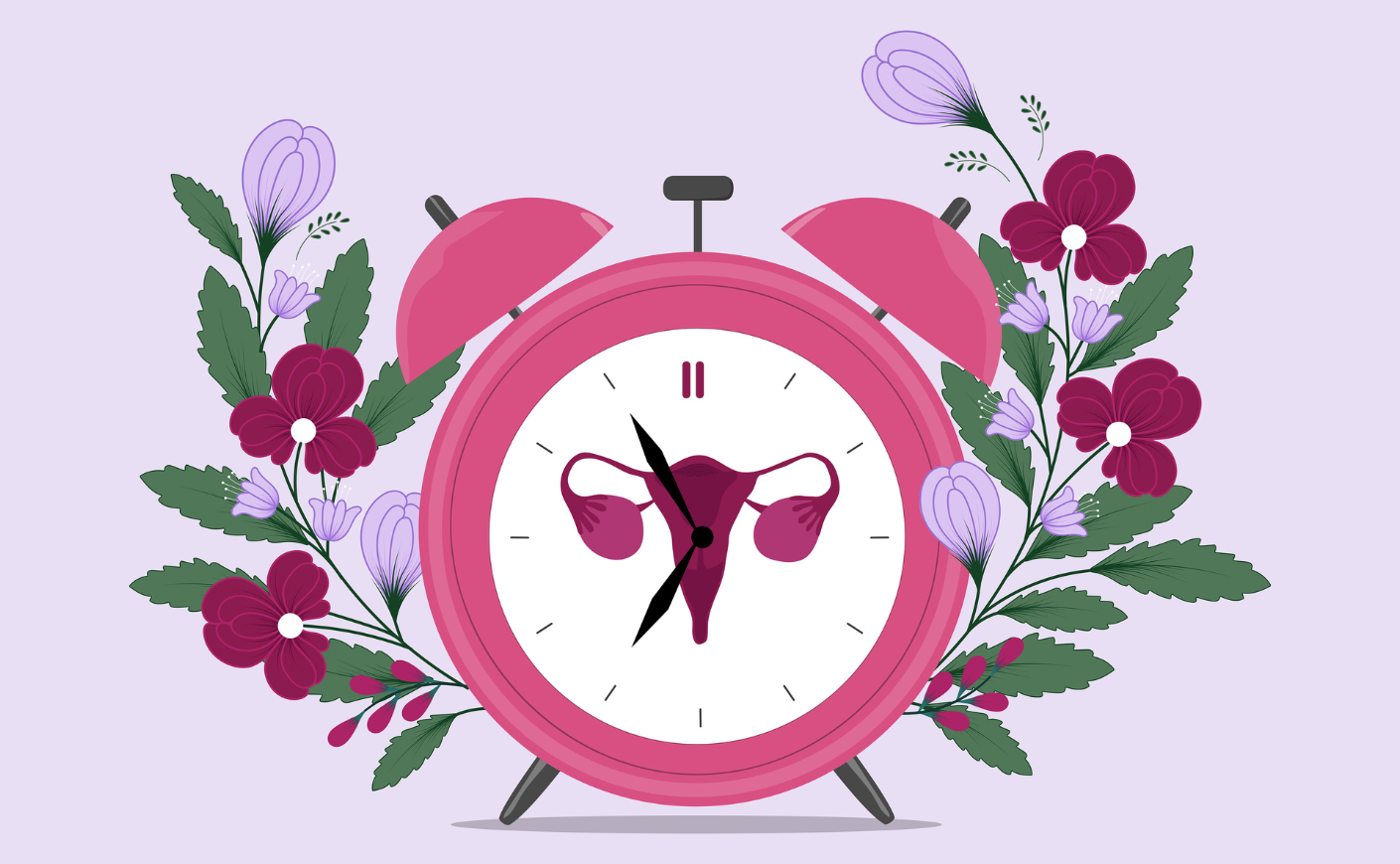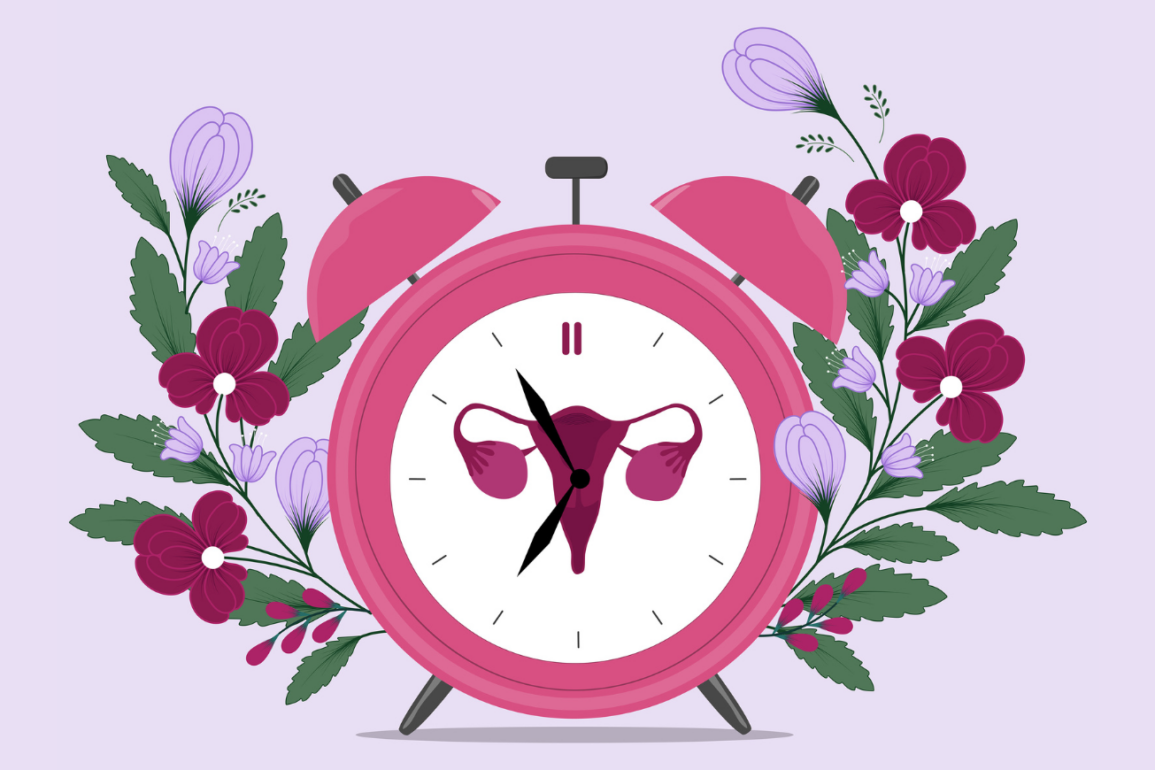
Your 40s are a “magic decade that can give you the most leverage when it comes to healthspan.”
If you’re a woman in your 40s, you’ll want to read this action plan from Robin Berzin, MD. She’s the CEO and founder of Parsley Health, a national holistic medical practice that specializes in managing chronic conditions, and she created a roadmap specifically for women on the verge of perimenopause. She calls this approach the “brain, bones, booty” protocol, and it’s designed to help prepare your body for the cascade of biological changes that come with this stage of life.
Below, Dr. Berzin breaks explains why she believes the decade before you hit perimenopause is an absolutely crucial one for women — and the specific diagnostic tests, supplements, and more that can help you stay fit and thriving through middle age and beyond. (For more of her insights, you can check out her newsletter right here.)
Recently, a friend came to see me as a patient at Parsley. She had just turned 40, finished breastfeeding her last child, and saw what appeared to be a light at the end of a very long tunnel. The light was the end of her fertility journey. She had spent the past five years consumed with having babies (in her case, through IVF), and anything having to do with her own health, aside from fertility, had been sidelined. “What do I do now?” she asked. “Just wait around for menopause?”
Wow, I thought. The answer to that question is a hard no. The period she was describing — post pregnancies, pre-perimenopause — happens to be the same life phase I’m in. And I think it’s one of the most important decades of your health.
Over 86 percent of women in the U.S. will have a baby in her lifetime, but for too long we’ve classified women’s health as solely having to do with reproductive health — i.e. the ability to have children (fertility) and the loss of that ability (menopause). Traditional medicine overlooks the years in between, treating them like a reproductive no man’s land.
As a result, a lot of women are lost when it comes to their health beyond their reproductive years. It’s a massive missed opportunity. Your 40s, post-babies, are a magic decade — the decade that can give you the most leverage when it comes to healthspan (i.e. looking and feeling your best well into your later years) — if you know what to do with it.
After our conversation, I designed a protocol for my friend that I’m now recommending to women across my practice who have climbed the fertility hill and see the menopause hill off in the distance. They’re often frantically Googling “perimenopause” and swearing to themselves they had a hot flash. We’ll manage the perimenopause symptoms when they arrive, I reassure them, but what matters most for your health — and will determine how you experience menopause — is how you act now.
The research says…
By age 50, not only are most women in or approaching menopause, they are facing an increased risk of several types of cancer (including breast cancer, skin cancer, and colorectal cancer). Women in this age group are also staring down the onset of osteoporosis, worsening rates of anxiety and depression, worse metabolic function, increasing rates of high blood pressure, and weight gain (starting in perimenopause and increasing by an average of 1.5 pounds each year).
They may also feel less energetic and depleted nutritionally during a particularly overwhelming stretch of life where we, as the sandwich generation, are caring both for kids and elders while also anchoring the workforce. On top of all that, women in this age group also face the loss of muscle mass, which begins in your thirties and picks up to a rate of about 8 percent per decade by the time you hit 60.
The good news is, if we start at 40, we can steer away from a lot of these highly preventable conditions, improve our mental health, reduce our biological age (vs. our chronological age), and achieve the world’s mildest menopause. Here’s how.
The takeaway
I call this the “Brains, Bones, Booty Protocol.” It’s a two-parter. We start with testing and screening to know where we stand, and then we add additional interventions to take action. Here’s where to begin.
Start with testing
- Blood testing: I recommend testing around 70 biomarkers in total. At Parsley, our baseline cardio-metabolic health assessment includes blood sugar markers, an Omega-3 index, ApoB, inflammatory markers like hsCrp, thyroid health, core nutrients (including zinc, vitamin D3, B12, folate and ferritin), blood counts, liver and kidney function, and testosterone levels along with DHEA-S. If you’re menstruating, testing female sex hormones through a DUTCH test can also be helpful.
- Heavy metal screening: Because of pollution exposure and fish intake, heavy metals like mercury, which are stored in fat tissue, can be high in women in their 40s. I like to test the body burden of heavy metals and offer a detoxification program for those who need it, given mercury’s impact on the central nervous system. (I also recommend avoiding high mercury fish.)
- Preventive screenings: Only 8 percent of people annually get the preventive screenings they should. For my friend, I recommended the following tests: mammogram, DEXA bone density scan, skin cancer check, pap smear and HPV screen, full body MRI (optional), Grail Galleri cancer DNA screening (optional), Cologuard colorectal cancer screening (optional).
Note: The last three tests listed here should be a conversation with your doctor, particularly the MRI and Grail. Some patients can handle the information they get from these tests — for others, it’s too much information, and they want to stick with the basics.
- Mental health screening. This patient, like many others at this age, is balancing kids, a career, a partner, and a new awareness of her mortality. For some, the anxiety and depression can be crippling. I ask about substance use (which is a dangerous crutch for more people than you might realize) and support systems. Too often the healthy support systems — therapy, religious community, spirituality and spiritual practice — are missing, having been pushed to the wayside for work and family obligations.
Take action
Here’s the core Brain, Bones, Booty Protocol:
Brain
- Take: Omega-3 fatty acids (2 grams of epa/dha) + 1 tbsp of extra virgin olive oil daily, as well as a Methylated multivitamin containing Methylcobalamin and methyl B12 (such as Parsley’s Daily Dose Multivitamin) to support neurotransmitter balance. (For more on what to eat for optimal brain health, read my last newsletter.)
- Do: Meditate daily for 10 to 15 minutes. Meditation has been shown to build gray matter in the brain and reduce anxiety. I love the Insight Timer app for guided options.
- Cultivate: Community engagement. Whether it’s going to church, volunteering, meeting with a spiritual group, or watching or playing sports together, find something to build a supportive network outside of family and work.
Bones
- Take: Bone health supplements like Bone Builder Forte from Metagenics with MCHC, calcium, magnesium, and phosphorous. I also recommend a strontium supplement (600 mg/day) and Vitamin D3 (5000 international units daily).
- Do: Weight training three times per week to build bone density.
- Eat: Bone-building foods, particularly green leafy vegetables and dairy.
Booty
- Do: Strength training three times weekly to build lean muscle mass, which in turn supports testosterone preservation, and long-term brain function. Adding a weekly Pilates session helps develop core abdominal strength, while weekly yoga helps stimulate hyaluronic acid in the fascia — connective tissue that surrounds and supports the organs, muscles, bones, and nerves — in order to maintain mobility.
- Eat: One gram of protein per pound of body weight daily to build muscle.
If you’re looking to work with a medical team who can tailor this protocol to your lab test results and your lifestyle, this is what we do at Parsley Health. Learn more with a free call.
This post was originally published on this site be sure to check out more of their content.








